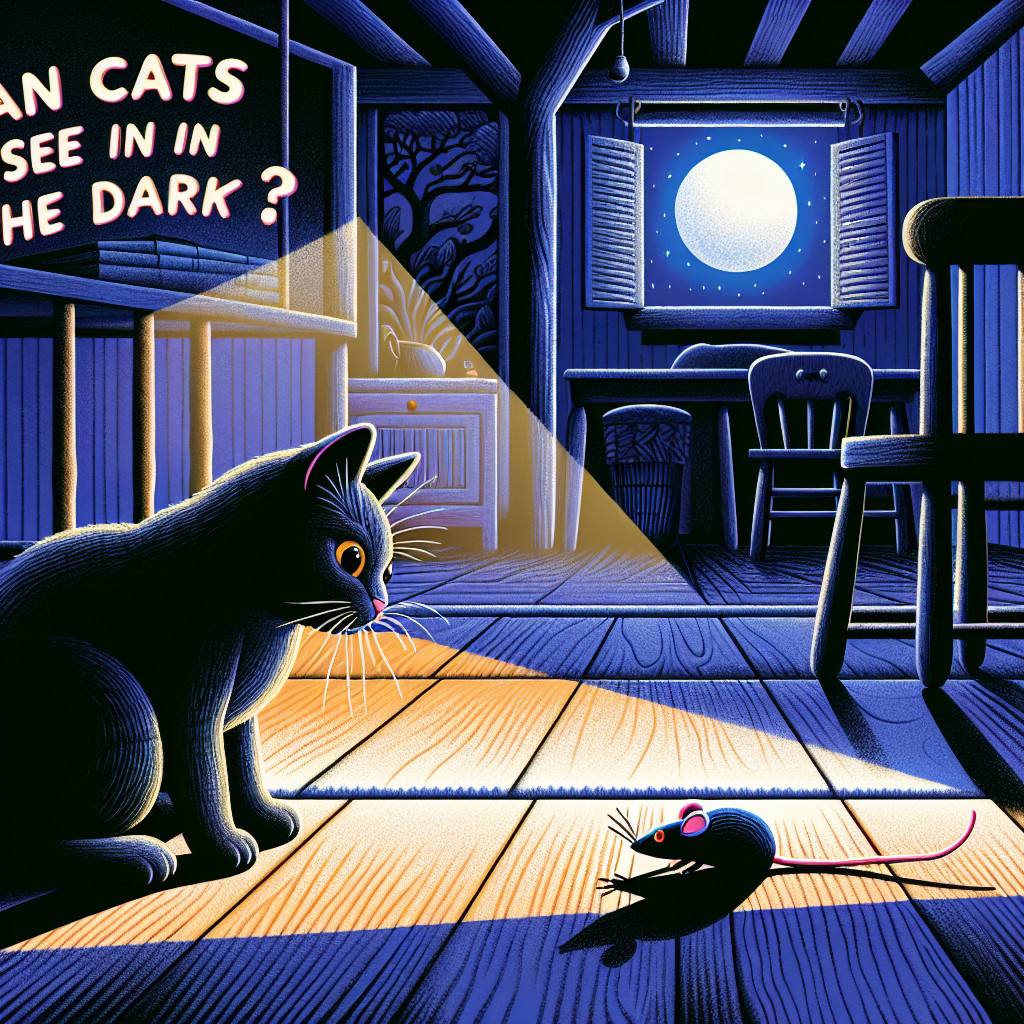Can Cats See in the Dark?
Cats have long been revered not only for their independence and playful behavior but also for their extraordinary physical abilities. One of the most common beliefs about these enigmatic creatures is that they can see in complete darkness. But how true is this? In this article, we will delve into the fascinating anatomy of a cat’s eyes, the science behind their vision, and the extent of their night vision capabilities.
The Anatomy of a Cat’s Eye
To understand whether cats can see in the dark, we must first look at their eye structure. Cats have several adaptations that enhance their ability to see in low light conditions:
-
Tapetum Lucidum: This layer of tissue is located behind the retina and functions as a mirror. It reflects light that passes through the retina back into the eye, giving photoreceptors a second chance to register the light. This is what causes a cat’s eyes to glow in the dark when light hits them.
-
Rod Cells: Rod cells are photoreceptor cells that are highly sensitive to low light. While humans have about 20 rod cells per retinal cell, cats boast approximately 125 rod cells per retinal cell. This significant difference gives cats greater sensitivity to light, allowing them to see better at dusk and dawn—twilight is when they are most active in the wild.
- Pupil Size: Cats have vertically-slit pupils that can open wide in low light areas, allowing more light to enter the eye. This adaptability helps optimize their vision during various lighting conditions.
The Science of Night Vision
Thanks to these unique adaptations, cats are considered crepuscular creatures, meaning they are most active during the twilight hours—dawn and dusk. Their ability to see in low light stems from a combination of anatomical features and evolutionary traits. While they cannot see in total darkness—the absence of light renders them unable to see—cats can navigate and hunt effectively in dim conditions.
In low-light scenarios, a cat’s vision is about six to eight times better than that of an average human. Cats possess a larger cornea and lens relative to their eye size, which helps to capture more light. This efficiency in capturing light is essential for hunting, as their natural prey, such as rodents, are also most active during twilight hours.
Limitations of Night Vision
It’s crucial to note that while a cat’s night vision is impressive, it has its limitations. Cats still require some degree of light to see effectively; complete darkness will hinder their ability to see. Their keen senses of hearing and smell often complement their vision, making them formidable hunters even when visibility is low. Thus, cats often rely on a combination of senses to navigate and hunt in the dark.
Conclusion
While the notion that cats can see perfectly in complete darkness is a myth, their remarkable adaptations allow them to thrive in low-light environments. With superior rod cells, a unique tapetum lucidum, and adaptively sized pupils, cats are well-equipped for their crepuscular lifestyle. Their exceptional night vision is one of the many factors that make these fascinating animals such effective hunters and captivating companions. So, the next time you see your feline friend darting around in the evening, remember that their eyes are engineered for the kind of adventure they seek—even if it’s not quite a life of total darkness.




